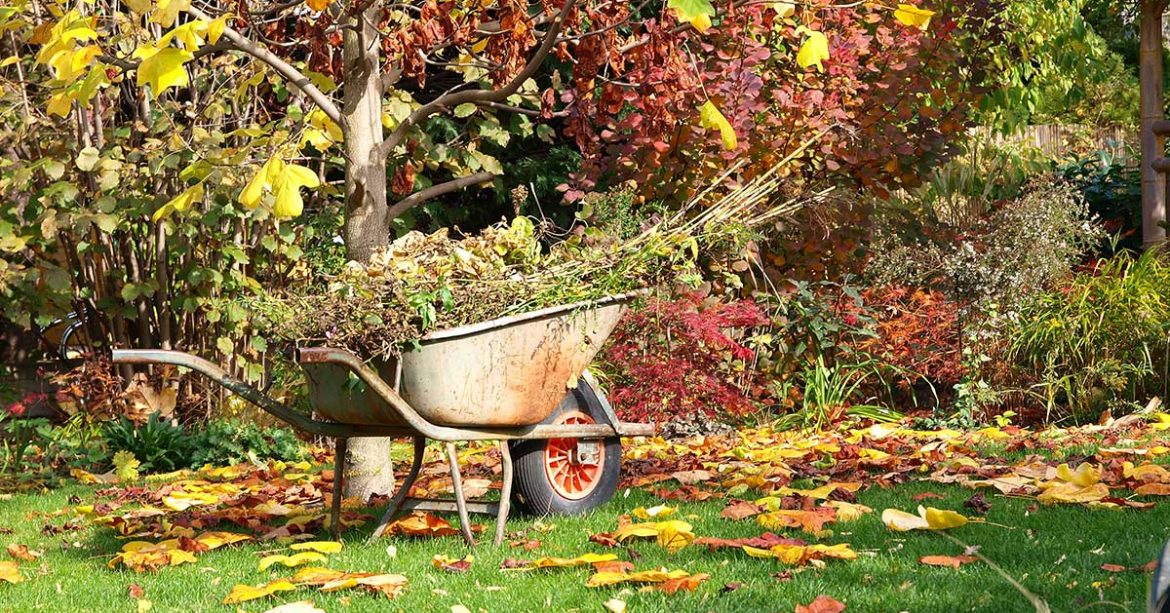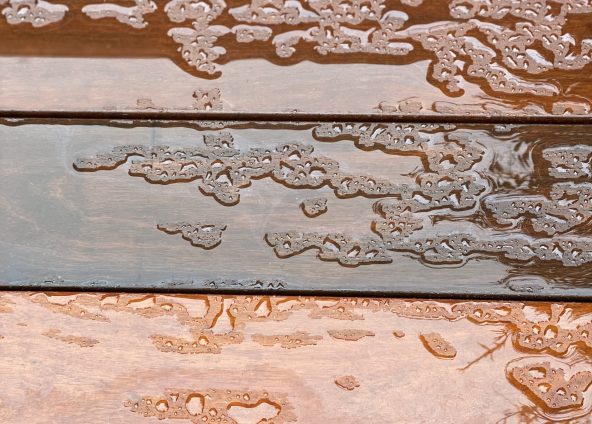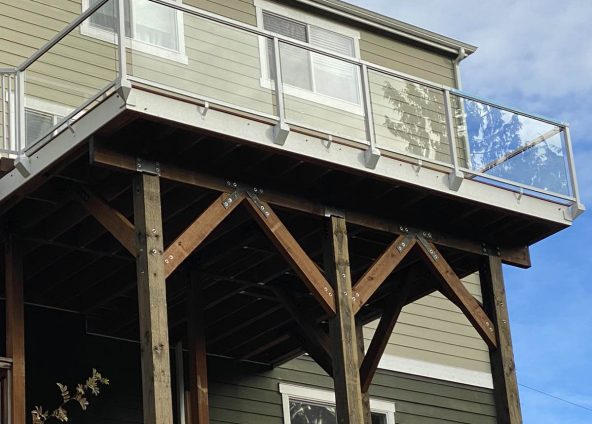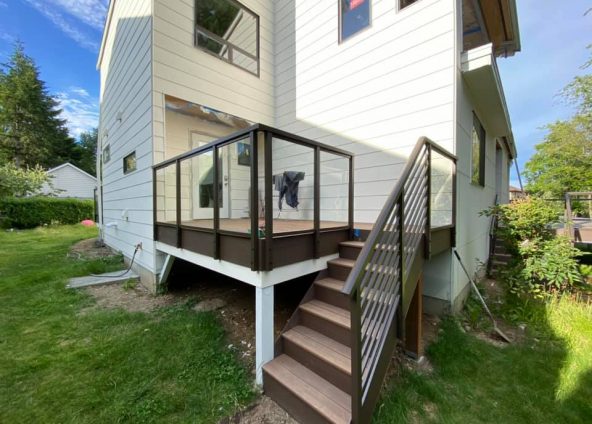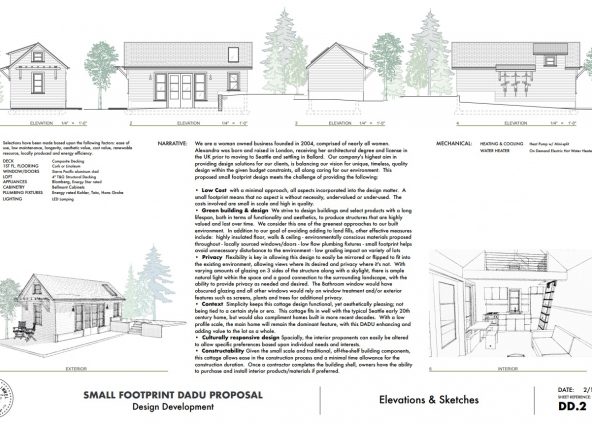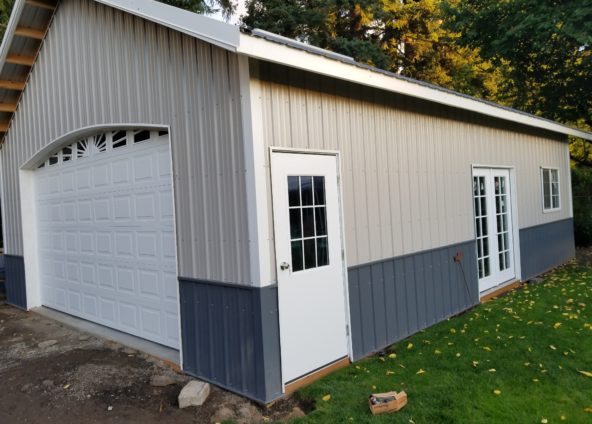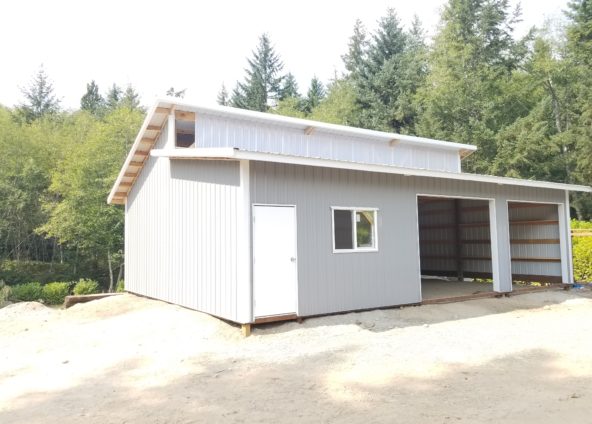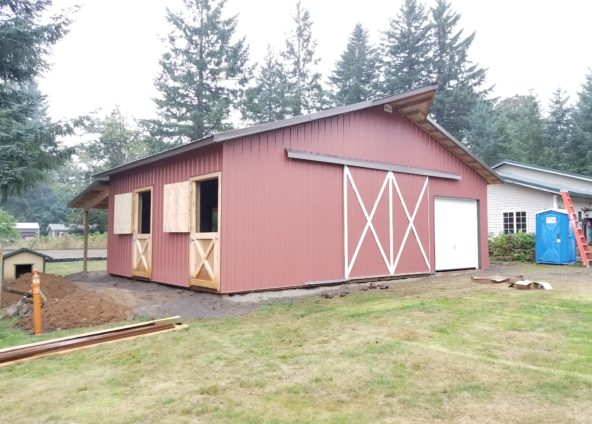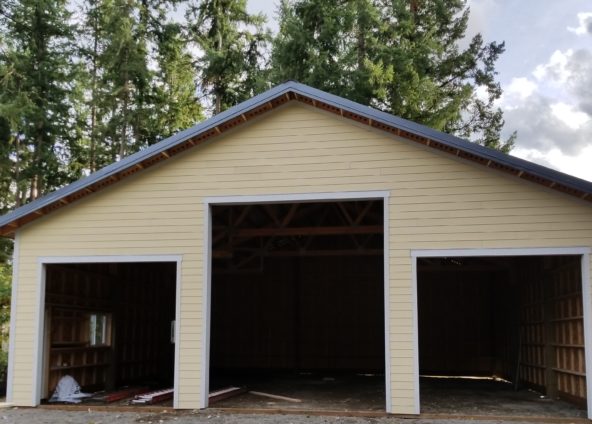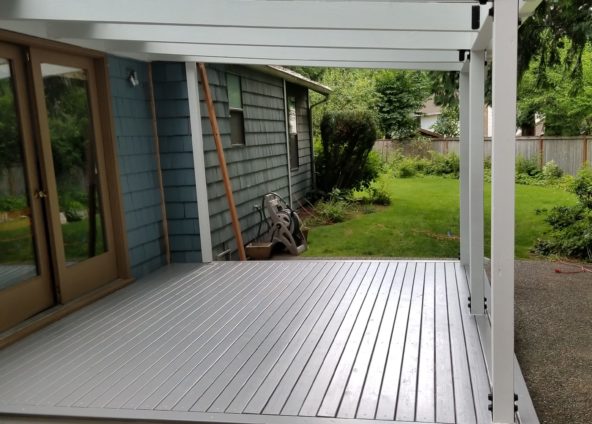What you need to do in the garden in autumn
Drainages.
In any case, they must be completed completely and in accordance with the project documentation. Slopes must be observed, filtering layers of crushed stone, screenings, sand are poured, drainage pipes, filter membranes are laid at the right angle; an upper filtering layer should be made from a light peat-sand mixture.
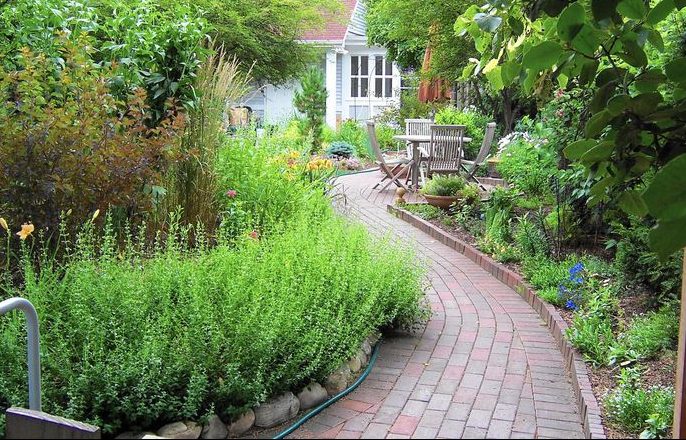
Garden paths.
If you do not have enough time for the final paving, you can leave them for the winter without covering with paving slabs, but the side stone (curb) must be installed, and the crushed stone and leveling layer from the dropout must be poured and compacted. If you have completely made the tracks, then their first check will be during good rain. Mark the places of dips and puddles. Water should leave the tracks 20-30 minutes after the rain stops. Competent builders, at the design stage, provided for places for receivers and discharge drains. Pay special attention to spilling gaps in the paving. It must be done with “sea sand”. Moreover, filling is performed several times with the obligatory pouring of water or adding sand after rain.
Lawns.
If you did not have time to make lawns before the beginning of September, then you can prepare the lawn body, and transfer the sowing of seeds to next year. The grass emerges in 3-4 weeks after sowing, and our main task is to release it already mown before winter. The last mowing is the first decade of October. Lawn grass seeds left over from this year will need to be stored in a cool dry place. But in no case do not let them freeze. If you are building a pond, you need to urgently complete the strengthening of its banks. With the onset of autumn rains, unfortified slopes can be severely eroded.
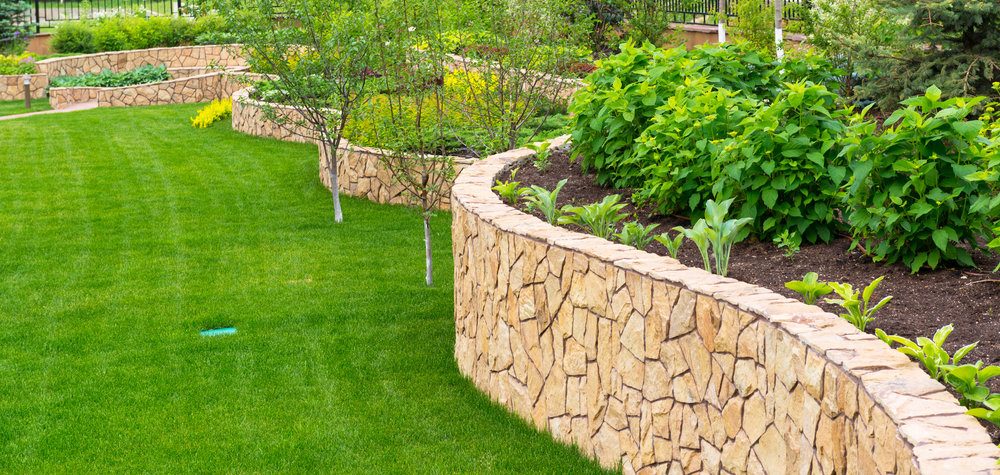
Retaining walls.
They must be completed, and waterproofing must be laid between the wall and the ground. The ground behind the wall must be free of air bubbles, i.e. rammed or spilled with water. Be sure to check for drain pipes along and through the retaining wall. They must be free of concrete mortar, dirt and debris.
Places where water is discharged from drainpipes.
It is necessary that water intakes be arranged under the drainpipes. These are, as a rule, drainage gutters and crushed stone, and preferably boulder storm water inlets. During autumn rains, the soil on unequipped sites will be washed away, the lawns will be waterlogged, and a blockage zone will appear. In general, from many years of experience in the construction of plots, I can draw a conclusion and give advice to summer residents: those works that are not completed by September 20 must either be urgently completed, or the construction must be frozen until next year.
At the end of summer, the longest season of the year for planting and transplanting plants began. I’ll make a reservation right away that plants grown in containers can be planted almost all year round. Both spring and autumn are the most favorable periods for planting and replanting. There is no hot summer sun, no need for increased doses of watering and shading of the planted plants. And, most importantly, you can transplant plants with an open root system. And these are large-sized ones, and various shrubs. As a rule, the cost of plants with an open root system is 10-15 percent less than seedlings with a clod of earth or in a container. One of the rather urgent and obligatory work in the garden is cutting hedges. But it had to be carried out in the first decade of August. We have already talked about lawns and lawn grass above. The main thing to remember: the lawn should go under the mown snow. Moreover, its height should not exceed 5-8 cm.
All plants from the middle of August should be fed with complex mineral fertilizers. And, if possible, try not to use nitrogen-containing fertilizers. Young branches of trees and shrubs should ripen and get stronger before the coming frosts. From the end of August, the period of division and transplantation of perennial flowers began: peonies, host, phlox, astilbe and many others. The only time limit is that the separated and transplanted perennials must take root. Therefore, planting and transplanting of perennials continues, as a rule, until early October.
The main activity of the company is :
- building of the garages, hangars,
- epoxy floors, polishing of the concrete, industrial floors painting
- residential remodeling,
- building of decks, porches and stairs

